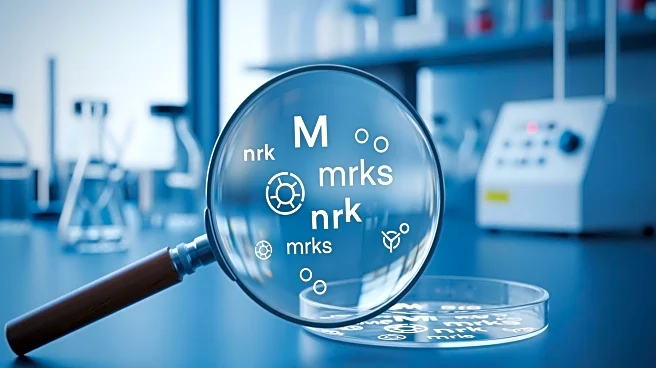What's Happening?
The Dog Aging Project, initiated in 2020, has identified post-translationally modified amino acids (ptmAAs) as biomarkers for aging in dogs. The project, which involves tens of thousands of companion dogs in the
U.S., aims to understand aging patterns and the genetic and environmental factors influencing them. Researchers analyzed plasma samples from the Precision Cohort, a subset of the project, and found that ptmAAs are robust indicators of age, with kidney function playing a significant role in age-related changes. The findings, published in Aging Cell, suggest that these biomarkers could also be relevant for studying aging in humans.
Why It's Important?
The identification of ptmAAs as aging biomarkers in dogs has significant implications for both veterinary and human medicine. As dogs share similar environments and healthcare with humans, they serve as valuable models for studying aging. The research could lead to the development of new diagnostic tools and treatments for age-related conditions in both species. Understanding the biological mechanisms of aging can improve healthspan and quality of life, potentially leading to breakthroughs in managing age-associated diseases. The study also highlights the importance of cross-species research in advancing scientific knowledge.
What's Next?
The Dog Aging Project will continue to analyze data from its extensive cohort, potentially uncovering more insights into the aging process. Future research may focus on the application of these findings to human aging studies, exploring the potential for developing interventions that promote healthy aging. The project's ongoing work could influence public health policies and strategies aimed at improving longevity and well-being.











